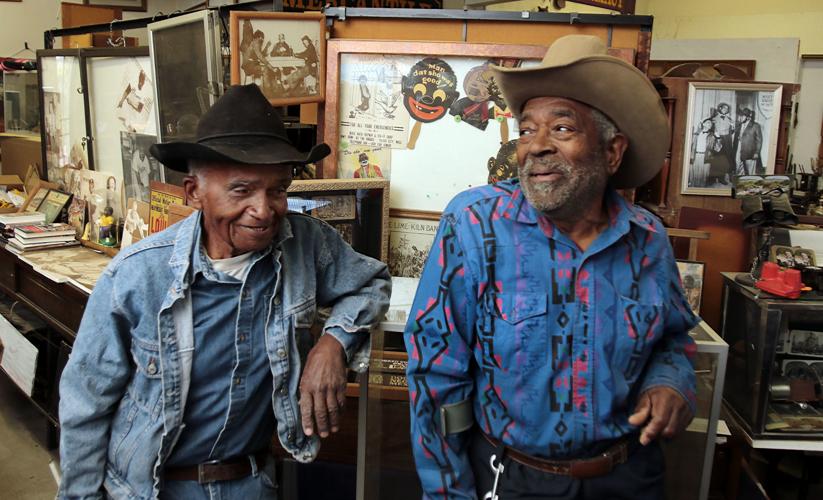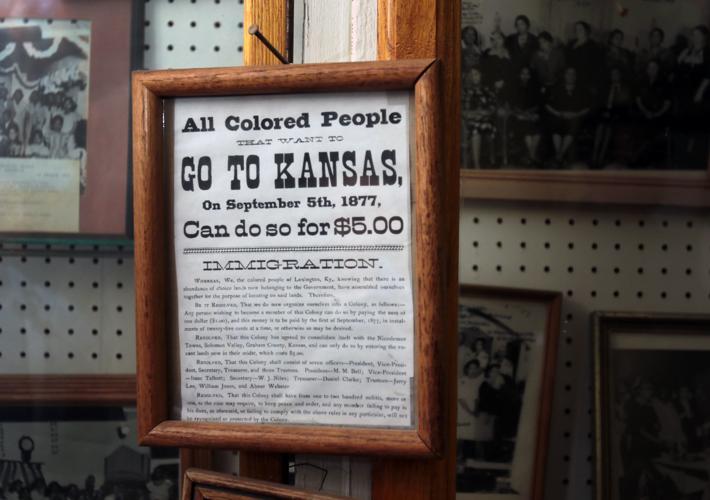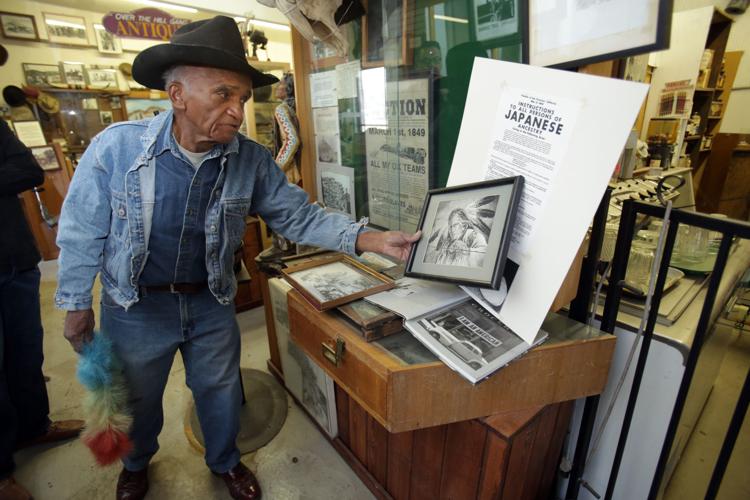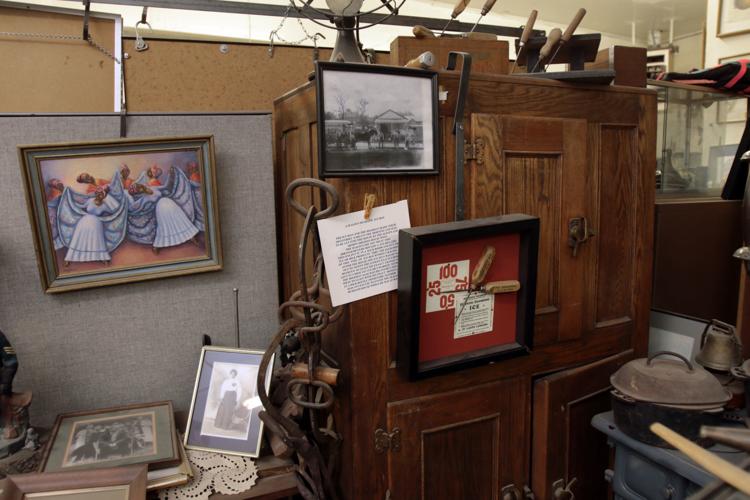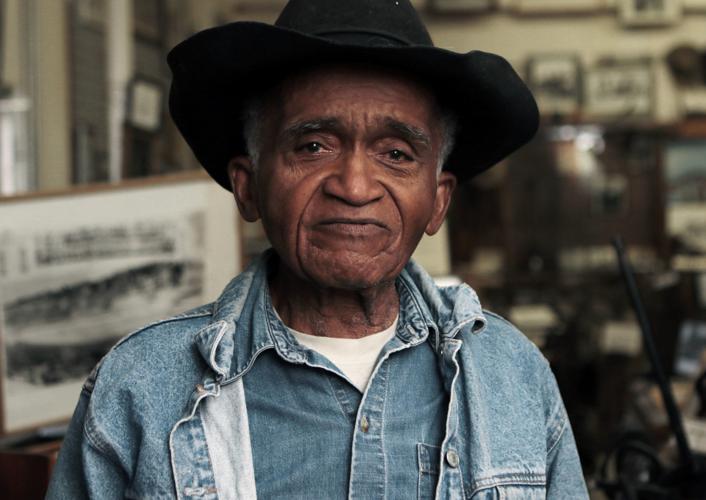For years, Charles Kendrick and Shad Blair collected historical items and relics related to African-American history. Then, about 20 years ago, the two combined their collections and placed them in half of a building that Kendrick owns on South Park Avenue.
They named it the Afro-American Heritage Museum and opened it up to Tucsonans, free of charge, to learn what most history books fail to include.
But as February comes to a close and with it African-American history month, the museum is in its last days. Kendrick and Blair are looking to sell their collection and call it a day.
“I’m tired,” said the 86-year-old Kendrick, who is probably more known to Tucsonans for his Mr. K’s barbecue restaurant that he ran for many years in the space next to the museum at 1834 S. Park Ave., a block away from where Kendrick lived when he arrived in Tucson 70 years ago.
There is no “going out of business” sign on the building’s exterior, only a small faded sign that says Heritage Museum. Kendrick no longer slings barbecue but the restaurant remains open and serves up barbecue brisket and pork, links and collard greens, and mac ’n’ cheese.
It’s been a good run, said Blair, who gave his age as “85 plus.” “We wanted to give back to the community,” said Blair, nicknamed “Standman.” He began collecting in 1956, four years after arriving in Tucson as an airman stationed at Davis-Monthan Air Force Base.
While age is slowing the two friends down, their passion for their museum remains vibrant. They want to tell their visitors everything about the museum’s thousands of items, including those related to the history of how Japanese-Americans were interred in this country during World War II.
They can’t remember the first piece they collected, but they remember the last — a hog oiler. It is a round steel ball with small perforations, which was filled with oil and insecticide. Hogs would rub up against the ball and slather their skins with the mixture to protect them from insects.
“We used them on the farm. Nobody knows what they are anymore,” said Kendrick, who was born in Arkansas and grew up in Texarkana, Texas, where he worked in the fields.
Blair and Kendrick are likely to turn to EBay and Craigslist and other online sites to sell their collection, or take offers from anyone who walks in off the street. However, there are portions of their collection that they will not sell piece by piece. Buyers must take the whole lot.
One of their treasured lots that they want to keep intact is devoted to the Buffalo Soldiers. They were the African-American soldiers in the segregated U.S. Army who were stationed at Fort Huachuca, southeast of Tucson near Sierra Vista, after the Civil War and until after World War II. The collection includes saddles and other cavalry-related items, posters and pictures, uniforms and such.
A big part of the history of blacks in Tucson and Southern Arizona is directly connected to the military. Like Blair, they came to Davis-Monthan or Fort Huachuca and remained here to raise families after they were discharged.
Another main component in the museum is a re-creation of a small-town drugstore. It’s Kendrick’s personal prized collection and for good reason.
Kendrick was the first black to graduate from the University of Arizona’s Pharmacy College, in 1955. He had come to Tucson in 1948, following his father, who worked on the UA’s grounds crew. After graduating from Tucson High School, Kendrick entered the UA against resistance.
Tucson was a segregated town and racist policies enforced divisions. Few students of color were admitted to the UA. Few could afford its tuition. Even though Kendrick’s father was a UA employee, he was not afforded the discount that the children of white professors enjoyed.
After receiving his degree, Kendrick couldn’t get a job in a drugstore. He turned to the military and after his discharge, Pima County Hospital hired him to work in its pharmacy. He did so for more than 40 years.
It’s our history as much as it is Kendrick’s and Blair’s. We just don’t know it.
Blair said the museum’s mission was to educate. He and Kendrick wanted to make sure that Tucsonans understood the black experience, not just in Tucson but across the country.
“See this document?” Kendrick asked. It was a $1 receipt for a poll tax that his grandfather, who was born after the end of the Civil War, had to pay before he could vote. “He made 50 cents a day but he had to pay one dollar to vote.” The poll tax was one of many obstacles imposed on blacks to keep them from voting, Kendrick said.
“And they’re still doing it,” he added.
Black history will continue to be made. But Kendrick and Blair will no longer help document it. They’ll pass the torch but not without sadness that their museum, their window to our history, will close its door.
Which leaves the question: Who will take on their efforts?


